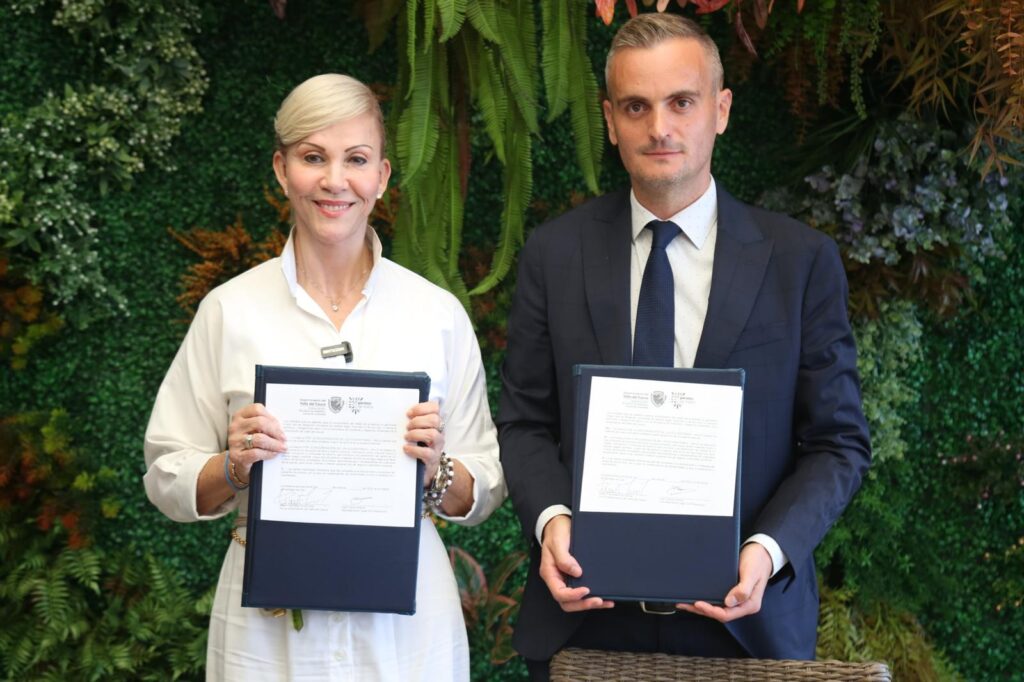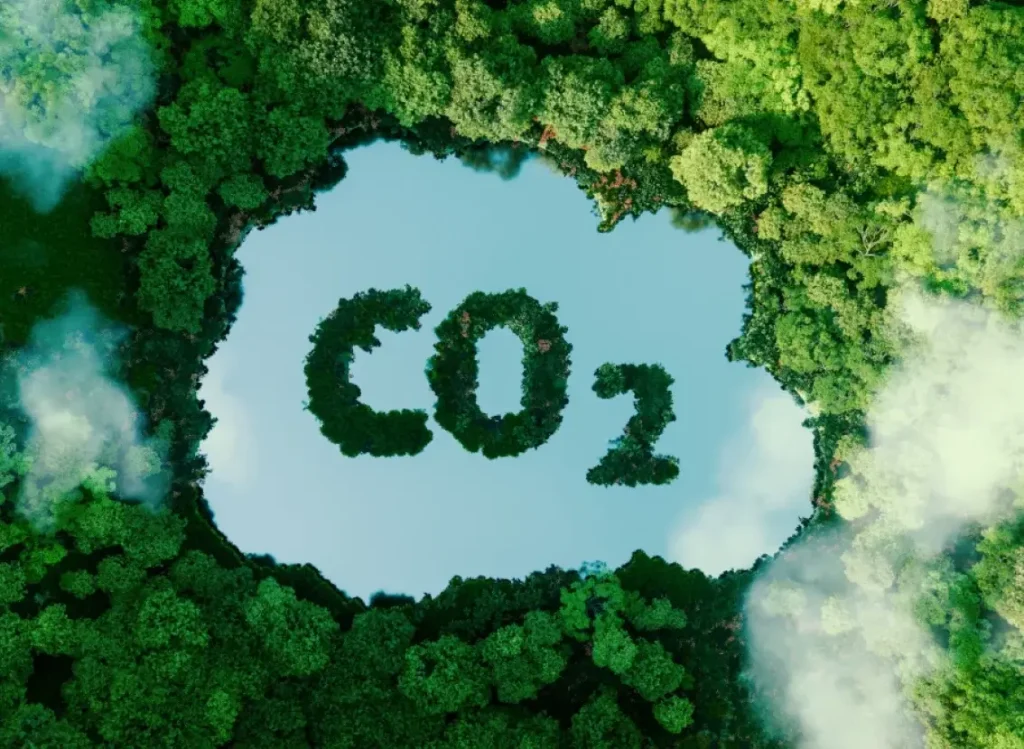Benefits of Trees
Trees provide environmental, social, and economic benefits. Although many trees and shrubs are planted for aesthetic reasons and to provide shade, they serve for much more. Here are some of the benefits they bring:
- They capture carbon from the atmosphere, reducing the effects of climate change.
- They release oxygen and transform carbon dioxide (CO2) into biomass, reducing the greenhouse effect.
- They help regulate hydrological cycles, reducing the risk of floods.
- They protect the soil from erosion, promoting agricultural development.
- They constitute the habitat of plant and animal species.
- In forested areas, they contribute to forming a humid environment.
- They are excellent natural thermoregulators. They help regulate the climate, reducing the effects of climate change mostly caused by human activity.
- They are a source of raw material for the production of medicines, food, paper, fuel, and other natural materials.
- They contribute to the formation of fertile soils.
- They improve landscape quality.
Tree Situation in Spain
Spain’s forest ecosystems cover more than 26 million hectares, which is almost 52% of the Spanish territory. Of this area, only 29% is wooded. The province with the largest area of wooded land is Cáceres, followed by Badajoz, Cuenca, and Huelva, while the smallest areas are in Almería, Alicante, and Las Palmas.
Regarding total tree biomass, it reaches 683 million cubic meters, with Navarra having the highest volume, followed by A Coruña, Asturias, Lugo, and Lleida. Among the autonomous communities with the lowest tree volume are Almería, Alicante, and Las Palmas.
According to the Ministry for Ecological Transition and the Demographic Challenge (MITERD), Spain’s forests are currently healthier than before, showing a positive evolution of national forests.
However, according to a study by the journal Science, industrial agriculture drives more than 90% of deforestation, with agricultural imports to Europe responsible for global deforestation behind China.
With the aim of mitigating deforestation and ending ecosystem destruction, the European Parliament and the Council of the European Union have approved a law regarding the marketing in the EU market and export from it of certain raw materials and products obtained. This new regulation will require companies to demonstrate that their products have not contributed to deforestation if they want to sell them in the EU market.

Area of wooded formations
Measures to Protect Trees
Public institutions, as well as citizens, must commit to protecting trees. Discover how you can help preserve them effectively:
Public institutions:
- Allocate public budgets to a reforestation plan that cares for and expands forest mass.
- Develop a forestry and forest surveillance plan to prevent and avoid possible fires.
- Plant native trees from the area that respect the original ecosystem to ensure their growth and maintenance.
Individuals
- Avoid making fires (barbecues, waste, cigarettes…) in wooded areas or those at risk of fire.
- Purchase wood from sustainable plantations, looking for the certification seal.
- Reduce the use of paper and cardboard and recycle it to decrease the demand for new wood to manufacture this material.
- Participate or collaborate in reforestation programs.
- Educate in environmental awareness.
- Insist on municipalities for the protection and expansion of green areas.
At CO2 Revolution, we guarantee reforestation not only with trees but also with flowers, grass, and shrubs. If you want to contribute to the creation of sustainable ecosystems.


